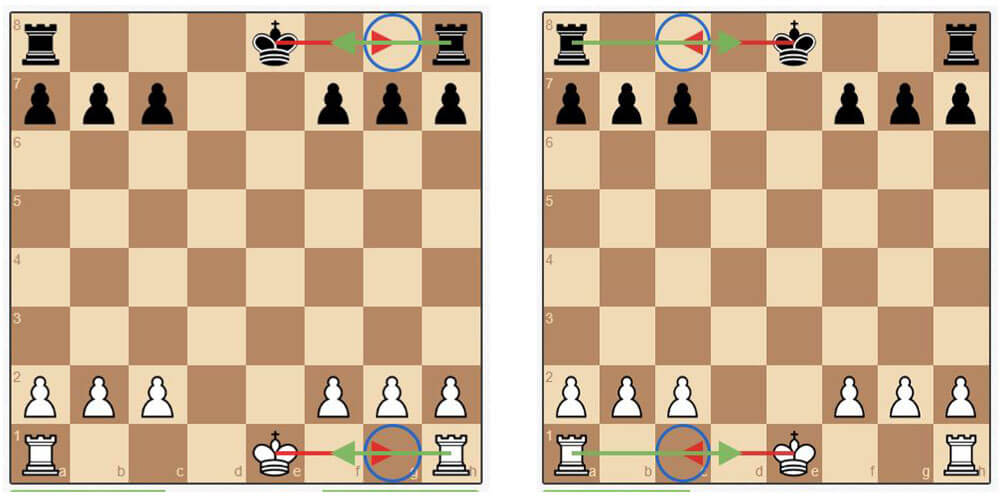

White wants to challenge Black’s Kingside pawns and force him to expose his position, while also aiming to take back the pawn on f4. The move 4.h4 introduces the main line against the Classical Variation of the King’s Gambit Accepted. Play h2-h4 to challenge Black’s pawn formation The Classical Variation is the most played option in the King’s Gambit.īlack tries to keep the won f-pawn and secure a material advantage. Why play the King’s Gambit Accepted: Classical Variation The King’s Gambit Accepted: Classical Variation appears on the board after the following moves: King’s Gambit Accepted: Classical Variation He will try to exploit the fact that playing f4 weakens the King, by playing moves like Bc5 (to prevent White from castling) or immediately open up lines for attack by playing d5. In the King’s Gambit Declined, Black decides not to accept White’s sacrifice. The idea is: White is okay with losing the right to castle since he will be up in development by two pieces over Black. In the King’s Gambit Accepted: Bishop’s Variation, White develops the Bishop instead of the Knight. This variation prevents Black from dealing with a lot of headaches when White’s Knight gets on the e5 square. Then proceeds to protect the f4 pawn with his g pawn. In the King’s Gambit Accepted: Fischer Defense, Black first takes away the e5 square from the White Knight. Therefore the Fischer variation was created (by Bobby Fischer) to control the e5 square before protecting the f4 pawn. This opening runs into a lot of issues for Black since White can get his Knight to e5 and force Black’s pawns to over advance. In the King’s Gambit Accepted: Classical Variation, Black plays g5 to protect the pawn on f4. King’s Gambit Accepted: Bishop’s Variation.King’s Gambit Accepted: Fischer Defense.King’s Gambit Accepted: Classical Variation.

Taking it leads to the King’s Gambit Accepted, the main line, while not taking it leads to the King’s Gambit declined. The first decision that Black has to make is whether to take the pawn on f4 or not. The King’s Gambit can be divided into four major variations, depending on Black’s options. The idea behind the King’s Gambit is: White sacrifices a pawn to get counterplay and an advantage in development.īlack may or may not accept the pawn sacrifice, and this changes the character of the game. The King’s Gambit is a chess opening in which the following moves are played:


 0 kommentar(er)
0 kommentar(er)
